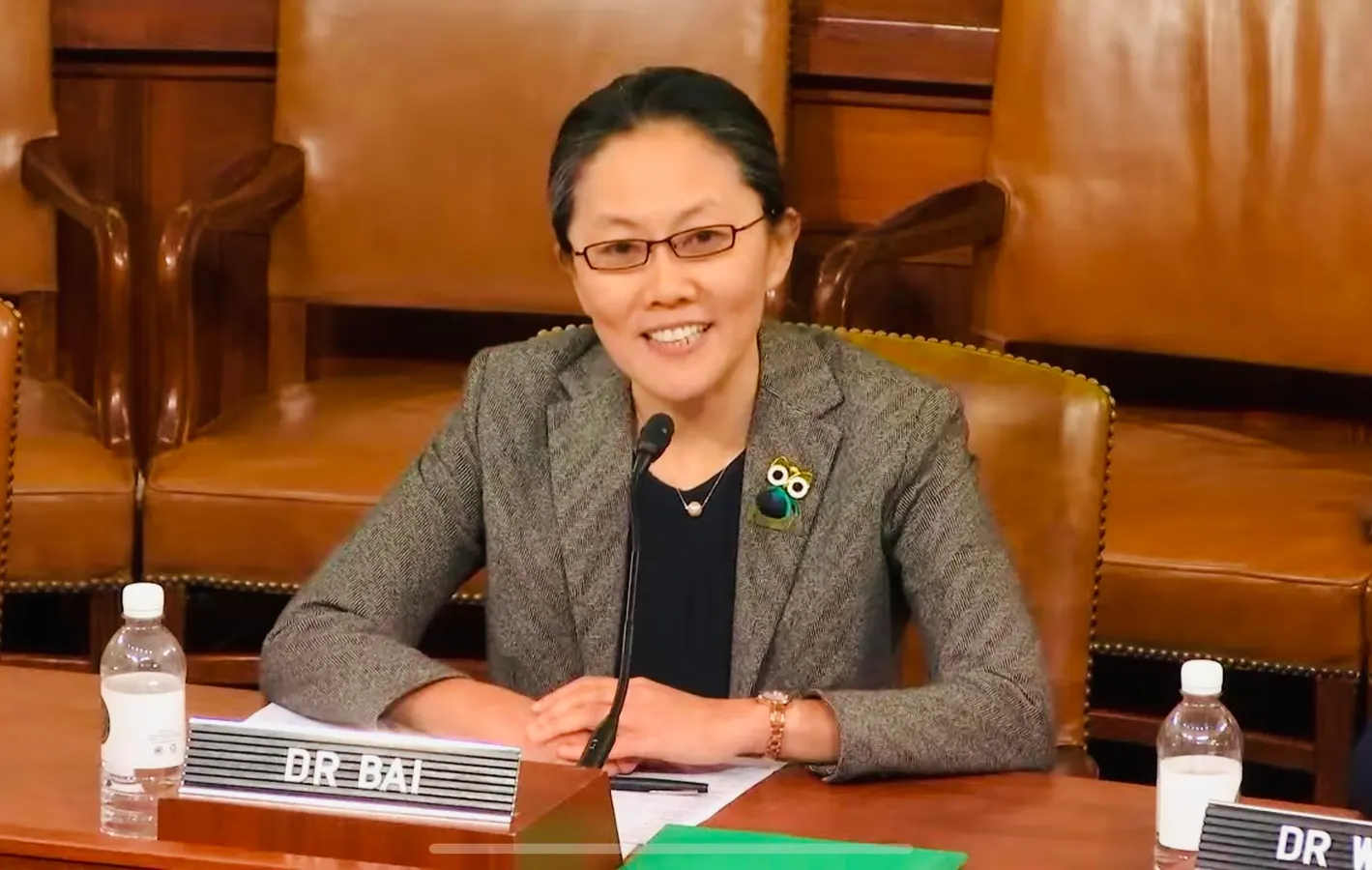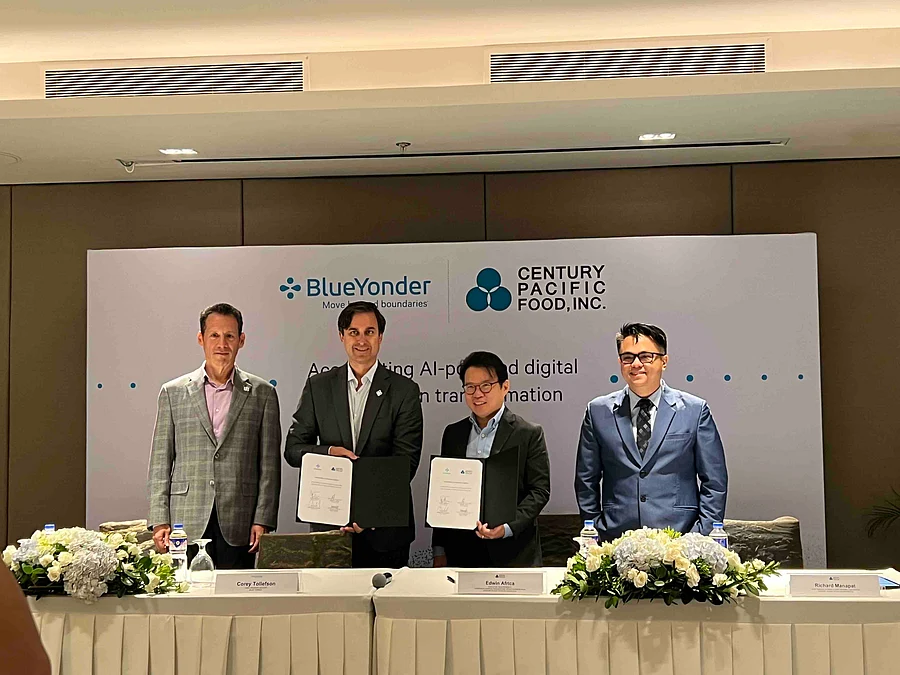By Contributor,Ge Bai
Copyright forbes

Ge Bai testifying in Congress on 9/16/2025.
House Ways and Means Committee
Congress is deeply interested in ensuring that nonprofit hospitals do the right thing for their communities. These hospitals have an implicit contract with taxpayers: they advance charitable missions for the community, and in return, taxpayers exempt them from income, property, sales, and other taxes. My coauthored study, published in JAMA, shows that total tax savings reached $37.4 billion in 2021, with more than half coming from state and local governments.
Money borrowed at low, tax-exempt interest rates allows nonprofit hospitals to invest without paying taxes on returns. Our forthcoming Tax Notes study shows that they held nearly half a trillion dollars in investment assets, issued $180 billion in tax-exempt bonds, and generated almost $10 billion in tax-arbitrage profit in 2022.
They can also access the lucrative 340B Drug Pricing Program. My coauthored Health Affairs study found that many urban nonprofit hospitals—including large academic medical centers such as New York-Presbyterian and Cleveland Clinic—have dual-classified themselves as rural to take advantage of relaxed 340B eligibility, more graduate medical education slots, and other rural-only perks.
The Affordable Care Act introduced community benefit reporting on IRS Form 990, including eight categories. The category that best reflects whether nonprofit hospitals advance their charitable mission is charity care. Most other categories aren’t comparable across hospitals—wealthy ones hire consultants to package marketing and other expenses peripheral to patient care as community benefit, whereas charity care is dollar-for-dollar assistance given to the disadvantaged.
Another Health Affairs study coauthored by me shows that nonprofits provided less charity care as a share of expenses than for-profit hospitals. Even for Medicaid shortfalls, which are counted as community benefit, my coauthored JAMA Network Open study finds that nonprofits provided no more than for-profits.
MORE FOR YOU
Today, nonprofit hospitals act like for-profits—engaging in financial investments, strategic pricing, and anticompetitive contracting. Yet tax-exempt status was granted to them more than a century ago, when hospitals were staffed by volunteers to primarily care for the poor. It no longer reflects today’s reality and gives nonprofits an advantage that fuels consolidation and high prices in the hospital market.
What should Congress do? Simply counting dollars and mandating a federal benchmark won’t work. Large hospitals will exploit bright-line rules, and situations vary widely across hospitals and local communities.
Congress should consider requiring hospitals to disclose property tax savings and sales tax savings on their IRS Form 990. These numbers are straightforward to estimate, allowing local communities to grasp the magnitude of tax subsidies and local governments to tailor their policies accordingly.
Congress can also impose an excise tax on hospital financial investments, similar to how it taxes university endowments. Additionally, it should close the rural-urban dual-classification loophole that allows urban nonprofit hospitals easy access to the 340B program and other rural-only benefits.
If Congress truly wants hospitals to serve their communities effectively, competition is key. Remove anticompetitive regulations, level the playing field, open the market, and let nonprofit hospitals compete equally with for-profits, physician practices, physician-owned hospitals, and other facilities. Additionally, shift from subsidizing hospitals to directly funding patients.
Once competition is alive in a patient-centered market, everyone—including nonprofit hospitals—will have to do the right thing for patients to stay in business, rather than focusing on compliance with top-down rules. With advances in technology, competition sparks innovation, slashes prices, and improves quality. Patients gain real affordability and access, which becomes the true community benefit for the American people.
This article was adapted from the author’s testimony before the U.S. House Ways and Means Committee’s Oversight Subcommittee on September 16, 2025.
Editorial StandardsReprints & Permissions



